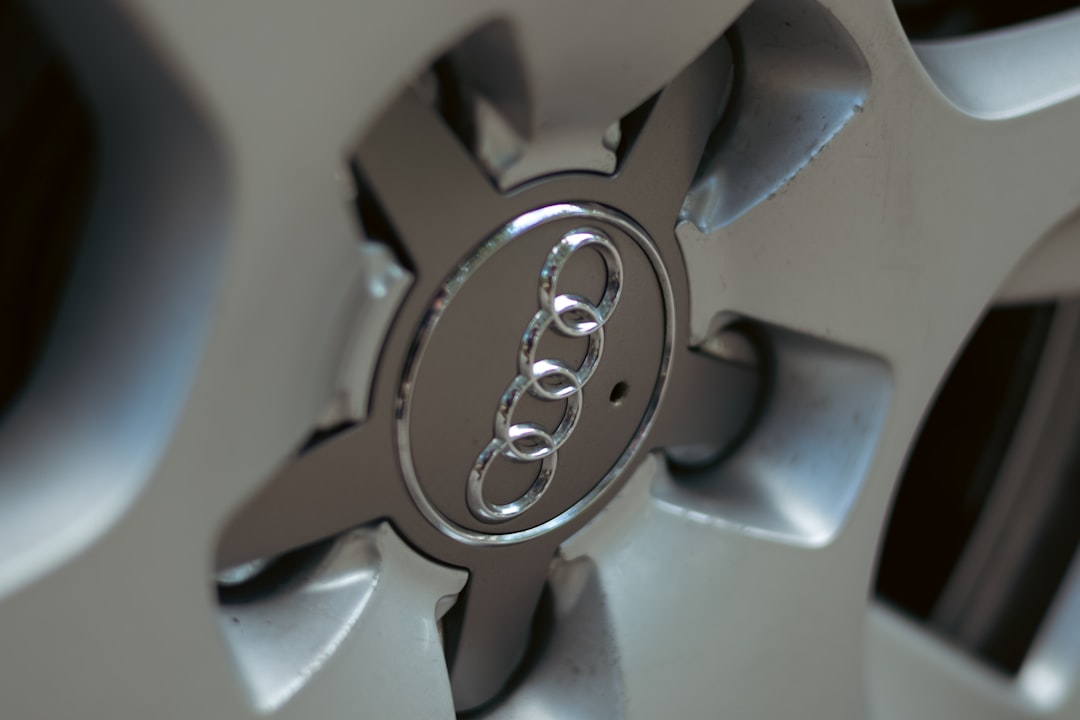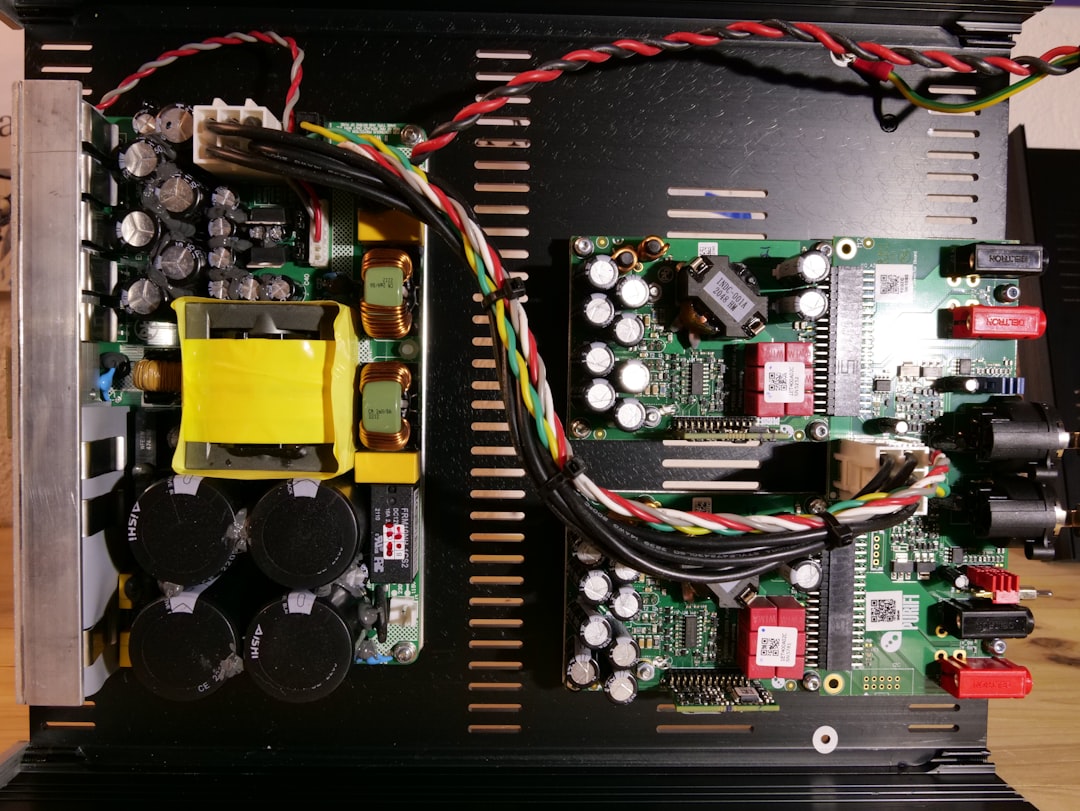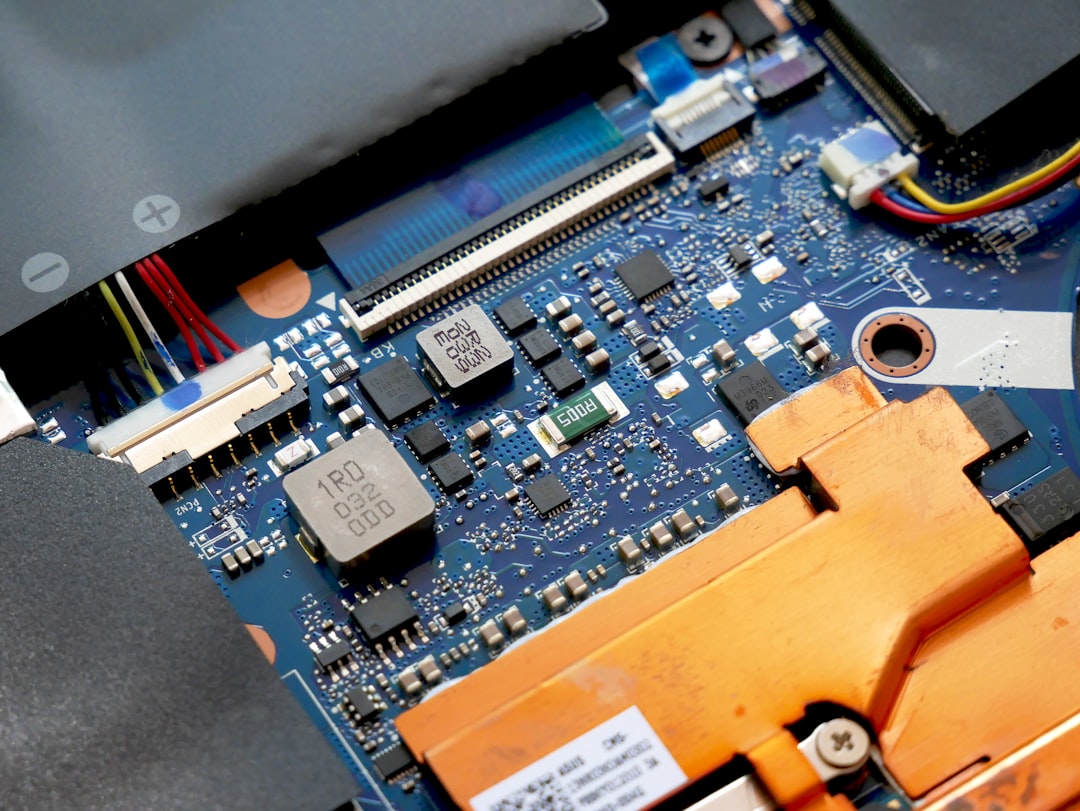In the world of computing, managing heat is an essential aspect of ensuring performance and longevity. Whether it’s gaming PCs, server farms, or standard laptops, the temperature of the central processing unit (CPU) plays a critical role in function and efficiency. But just how hot is too hot for a CPU? Understanding the acceptable temperature ranges for CPUs, the risks of overheating, and how to manage thermal output can help users enhance their system’s lifespan and ensure optimal performance.
Normal Operating Temperatures
Every CPU has a designated thermal range it is engineered to operate within. These ranges are determined by the manufacturer and often vary depending on the model and intended use of the processor. In a typical scenario:
- Idle temperatures: When the system is powered on but not running any significant processes, modern CPUs commonly sit between 30°C to 50°C.
- Under load: During intensive computing tasks such as gaming, rendering, or video editing, CPUs often range from 65°C to 85°C.
The upper safe temperature for most consumer-grade CPUs is typically around 95°C. However, this shouldn’t be considered a target operating temperature. Running at or near these limits for prolonged periods increases wear and reduces the chip’s lifespan.
Manufacturer Thermal Guidelines
Both AMD and Intel provide thermal specifications for their processors. These specifications often include a maximum junction temperature, known as Tj Max, which indicates the highest temperature allowed at the die-level before the CPU begins thermal throttling or shuts down to avoid damage.
- Intel CPUs: Usually have Tj Max values ranging from 100°C to 105°C.
- AMD Ryzen CPUs: Typically range from 95°C to 100°C.
While CPUs are designed to withstand these peak temperatures in emergencies, repeatedly hitting them can initiate performance throttling or cause irreversible damage over time.

What Happens When a CPU Gets Too Hot?
Allowing a CPU to run hotter than recommended creates a variety of issues, some immediately apparent, others more gradual. Here’s what overheating can lead to:
- Thermal Throttling: Most modern CPUs will decrease their clock speeds automatically when temperatures approach critical levels to prevent damage.
- System Instability: Excessive heat can lead to system crashes, blue screens, or sudden shutdowns.
- Shortened Lifespan: Constant exposure to high temperatures can degrade the silicon within the CPU, reducing its lifespan significantly.
- Damage to Other Components: Overheating CPUs can increase ambient temperatures and stress other components such as VRMs and memory modules.
Signs Your CPU Might Be Overheating
It’s not always immediately obvious when a CPU is too hot. Here are some indicators:
- Fans are running at unusually high speeds consistently
- System becomes unresponsive or crashes under load
- Performance issues such as stutter or lag
- Visible CPU temperature readings in BIOS or monitoring software exceed recommended ranges
Reliable monitoring tools like HWMonitor, Core Temp, or MSI Afterburner can help track CPU temperatures in real time.
What Is Considered “Too Hot”?
While manufacturers list maximum safe temperatures, practical guidelines can help users avoid pushing hardware to critical thresholds. In general:
- Below 60°C: Excellent. Ideal for both idle and light-load usage.
- 60°C to 75°C: Normal under typical workloads or during gaming.
- 75°C to 85°C: Acceptable but approaching caution levels, especially for prolonged usage.
- 85°C to 95°C: Potential performance throttling may begin; consider improving cooling.
- Above 95°C: Too hot. Immediate intervention recommended to prevent damage.

Cooling Solutions for CPUs
Managing CPU temperatures starts with proper cooling. The most common solutions include:
- Air Coolers: Reliable and cost-effective. Ideal for mid-range CPUs and general desktop use.
- All-In-One (AIO) Liquid Coolers: Offer more efficient cooling for overclocked or high-performance CPUs.
- Custom Loop Water Cooling: Suited for enthusiasts aiming to push their systems with stylized and high-end thermal management.
Additionally, thermal paste plays a significant role in heat transfer between the CPU and cooler. Ensuring proper application and replacing it every couple of years can lead to better cooling performance.
Other Temperature Management Tips
Here are some practical strategies to keep CPU temperatures in check:
- Clean Your PC Regularly: Dust buildup impedes airflow and can significantly affect cooling performance.
- Optimize Case Airflow: Configure intake and exhaust fans for efficient heat dissipation.
- Avoid Overclocking, or do so with caution: Overclocking significantly increases heat output.
- Use High-Quality Fans: Invest in fans that offer better airflow and lower noise profiles.
Conclusion
A CPU running hot isn’t automatically a crisis, but understanding thermal limits is crucial for stable and long-term operation. By adhering to manufacturer guidelines, monitoring temperature regularly, and employing effective cooling methods, users can avoid the hazards of an overheated system. Ultimately, keeping your CPU cool enhances system reliability and contributes to an optimal computing experience.
Frequently Asked Questions
Is it normal for a CPU to reach 90°C during gaming?
It’s not uncommon, especially with laptops or stock cooling systems, but 90°C is on the higher end. It’s advisable to improve airflow or upgrade your cooling setup if your CPU consistently reaches that temperature.
Can a CPU be damaged by high temperatures?
Yes. While modern CPUs include protections like thermal throttling and auto shutdowns, prolonged exposure to high temperatures can degrade the silicon, decreasing performance and overall lifespan.
What temperature is best for CPU longevity?
Keeping temperatures under 80°C during load and under 50°C while idle can significantly increase the CPU’s longevity.
How can I monitor my CPU temperature?
There are many trusted software solutions including HWMonitor, Core Temp, NZXT CAM, and BIOS-level tools specific to your motherboard brand.
Does overclocking always cause overheating?
Overclocking increases power consumption and heat output, so without adequate cooling, it can lead to overheating. A robust cooling solution is critical for safe overclocking.
Can ambient room temperature affect my CPU?
Absolutely. Hotter room temperatures raise the baseline for your CPU and cooling system effectiveness. Ensuring a cool environment aids in efficient heat dissipation.

